How To Improve The Soil In Raised Garden Beds
Have you wondered how to improve the soil in your raised garden beds? When I lived in Southern Utah, I drove to LaVerkin, Utah, to a small family-owned garden shop called Ballard Nursery to get the scoop on soil, raised beds, and much more. 10 Great Reasons To Try Raised Bed Gardening
We have all had good years of gardening and occasional years when we wonder what happened to our squash. One year, I learned I didn’t have enough bees, so I planted flowers to attract bees and pollinate my garden.
People have told me, “I can’t get anything to grow in my garden.” I get it. Growing up in the rich soil I had up north in Salt Lake City, Utah, was much more manageable. You could practically dig a hole and plant a tiny plant, and that baby would grow!
One of the keys to a successful garden of any kind, and particularly those raised garden beds, is to have garden bed soil with the right ingredients and soil type to foster plant growth, and that comes from healthy soil.
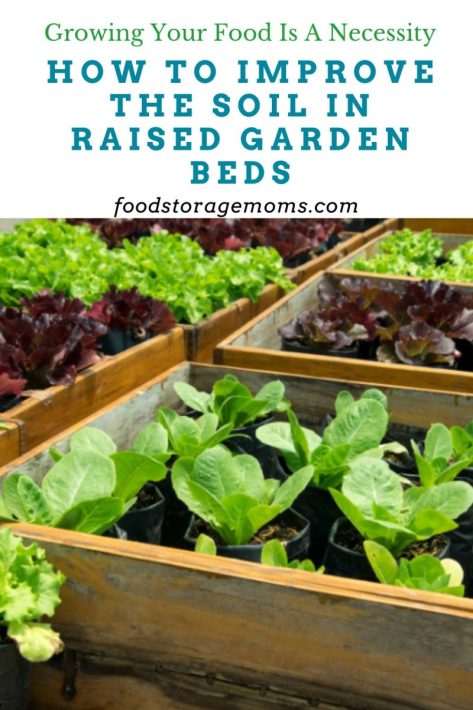
Why Raised Garden Beds?
It took me a few years in the desert to grow a successful garden. We had a lot of critters there, and the bugs were out of control. Last year, I found grubs in my raised garden beds. What the heck? I thought they only ate the roots in your lawn. Nope, they love anything with roots, I guess. 12 Budget-Friendly Beautiful Garden Tips
Fast Forward We’re Back Up North
This year, once we move into our new tiny home, I hope to once again have some 36-inch-tall raised garden beds. I will follow Ray’s advice about placing wire under my garden to keep the critters from burrowing. I will use leftover moving boxes shredded into pieces and parts from broken-down branches, have some excellent soil delivered, and then add my favorite amendments.
Coffee Grounds
I also learned not to put so many coffee grounds in the garden from the local coffee shop because they put too much nitrogen into the soil in my raised garden beds. 15 Uses for Coffee Grounds
I guess I put way too many in my planter areas to get rid of the cats in the neighborhood that thought my flower pots, potato pots, and raised gardens were their litter box.
Yep, we learn something new every year, right? Coffee grounds are reasonable, but not the amount I used to clarify my statement. The pH level was off, and I had to add additional nutrients to offset those coffee grounds and create a successful garden.
I have also learned when and when not to plant certain seeds or plants in my area. Now I live in Northern Utah, where my climate zone is #7A and I’ll have to plant accordingly. USDA Growing Zones
If you have a local family-owned garden center in your area, I highly recommend you go there and get a printout of the times you can plant certain vegetables and other plants or trees you would like in your garden. I also publish a “what to plant” series each month, so check out my archive for some great information.
Vegetable Planting Schedule
I had several four-foot by four-foot by 18-inch tall raised garden beds in my backyard. When I first moved to Southern Utah, I tried growing tomatoes in ceramic pots. It’s too hot, so that didn’t work. The dirt in my yard was hard rock-red clay soil that experienced soil compaction over time. I had to add a bunch of new planting topsoil designed for raised garden beds, mulch, worm castings, and other amendments.
It almost took a pick and shovel to dig a hole for shrubs or trees in that clay. I soon realized that my only option was to purchase raised gardens.
I had a small home and yard. It was important to me to use as much space as possible to produce food for pleasure and to survive an unforeseen emergency or disaster. I had to learn how to garden there.
We were successful with gardening in that home for about nine or ten years. I have had a garden for as long as I can remember. In years past, I canned everything possible from my garden, teaching my daughters the skills of gardening and canning. It’s enjoyable, I promise. But that desert area took me some time to learn how to garden.
Get Good Advice From A Local Nursery or Other Vegetable Gardeners
When I arrived at Ballard Nursery, I was fortunate enough to talk to the owner about ensuring that the products I bought would perfectly match a successful garden for yet another year if approached for the type of growing season there. It was so hot there that having the right depth of raised bed soil, the right composition to retain moisture yet allow for drainage, and the right plants were all considerations to deal with.
I had been reading about composting (no, I don’t compost food yet). My life is pretty busy, and I can’t add that to my plate each day. So, I buy organic matter compost and organic fertilizer. It’s important not to have any weed seeds in the materials, otherwise you’ll be spending a lot of time dealing with weeds down the road.
Many animals eat weeds so their animal manures can pass seeds on to your garden. One manure to try is chicken manure. It has nutrients your garden needs, like nitrogen, potassium, phosphorus, and calcium. It serves as a quality soil amendment as in contains organic matter, improves the soil’s structure, and helps to hold moisture yet acts as an aeration agent. There are also microbes in the manure that help the natural nutrients break down faster, thus benefiting each plant.
So there you have it, when it comes to soil preparation in those raised garden beds.
- The Best Canned Vegetables to Keep in the Pantry
- How to Eat More Fruits and Vegetables on a Budget
- Tips for Storing Fruits and Vegetables
Harvesting Rainwater
My next goal is harvesting rainwater, my baby step to becoming more self-reliant. How to Use Rain Water at Home
I had also researched different products I thought I would need, but I wanted to ask the expert nursery owner if these were the right ones for my area. Bingo! I nailed it with the help of phone calls, reading, and research at various nurseries. Ballard Nursery has the most knowledgeable people in the Southern Utah I could find. I need that same kind of resource now we’re back in the SLC area.
I no longer own a wheelbarrow, so I plan to mix up the items listed below in each raised garden bed. I’ll use my hands, a small pitchfork, and a shovel to make the soil rich and loamy.
The base for my raised garden beds is some organic soil I purchased at my local garden nursery. Then, I’ll make a concoction of peat moss, Azomite minerals, Coco Coir, organic compost, bone meal, earthworm castings (organic fertilizer), Vermiculite, and a small amount of chicken manure. My soil will be approximately 15-17 inches deep.
What is the purpose of improving soil in raised garden beds?
Improving soil in raised garden beds helps provide optimal conditions for plant growth by enhancing nutrient levels, drainage, and soil structure. It also promotes healthy root development and improves overall plant health.
How often should I amend the soil in my raised garden beds?
Soil amendments should be done at least once a year, preferably in the spring before planting season. However, the frequency may vary depending on soil quality, plant types, and climate conditions. 10 Tips to Improve Your Garden Soil
What are some common soil amendments for raised garden beds?
Common soil amendments include compost, aged manure, peat moss, vermiculite, perlite, and organic fertilizers. These amendments help improve soil fertility, structure, and water retention. Some natural ones include shredded leaves, small wood chips, clean lawn clippings, and last year’s plant residue.
How much compost should I add to my raised garden beds?
A general rule of thumb is to add about 1 to 2 inches of compost to the top of the soil in your raised beds each year. You can also mix compost into the existing soil at a ratio of 1 part compost to 3 parts soil. 21 Compelling Reasons You Need a Compost Pile in Your Life
Can I use synthetic fertilizers in raised garden beds?
While synthetic fertilizers can provide a quick nutrient boost to plants, they are not always ideal for raised garden beds. They can leach into the surrounding environment and harm beneficial soil organisms. Organic fertilizers are generally preferred for raised beds as they provide nutrients in a slow-release form and improve soil health over time.
My Favorite Nutrients
- Azomite Micronized Bag, 44 lb
- FibreDust Coco Coir Block
- Earthworm Castings Organic Fertilizer
- Organic Bone Meal
Organic Vermiculite
Final Word
You can buy most of these at your local garden centers. I bought some items online and some locally. I promise a garden is all about the seeds and the soil. We can all grow a garden, and we need practice. This is one more way to be prepared for the unexpected. Grow plants in a raised garden bed and harvest your food. It’s all about being self-reliant these days! May God Bless this World, Linda
Copyright Images: Garden Wooden Box AdobeStock_330163939 by Allika_ps, Garden in Raised Beds AdobeStock_158054453 By Saichol




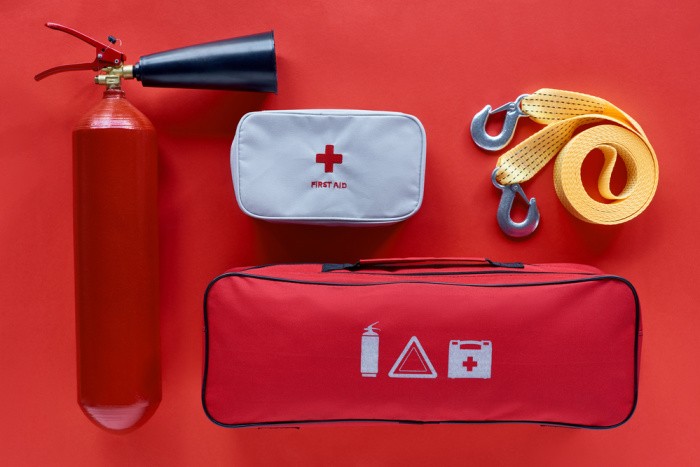
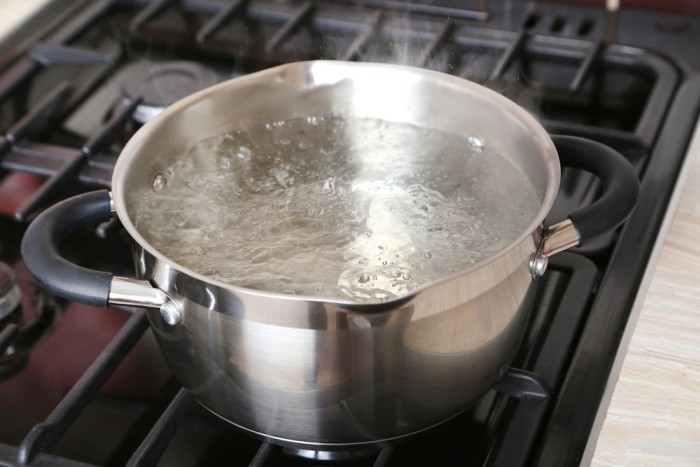

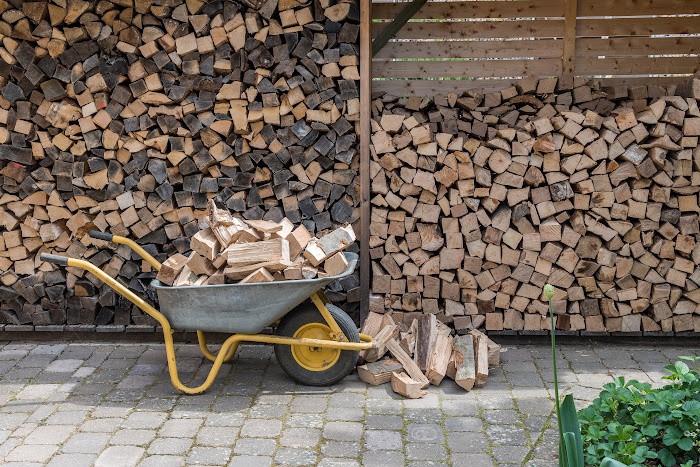
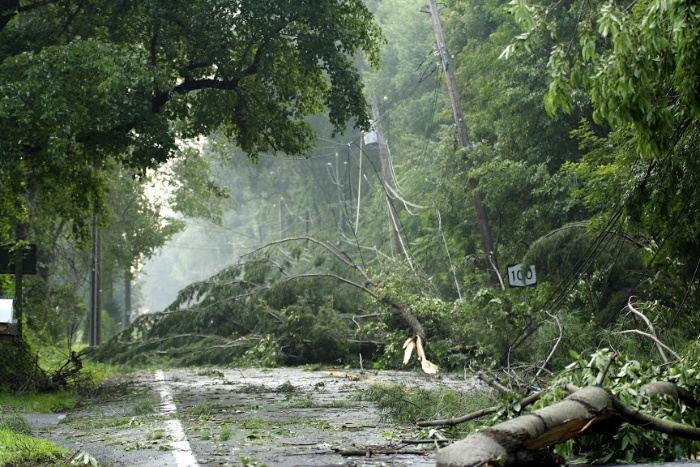











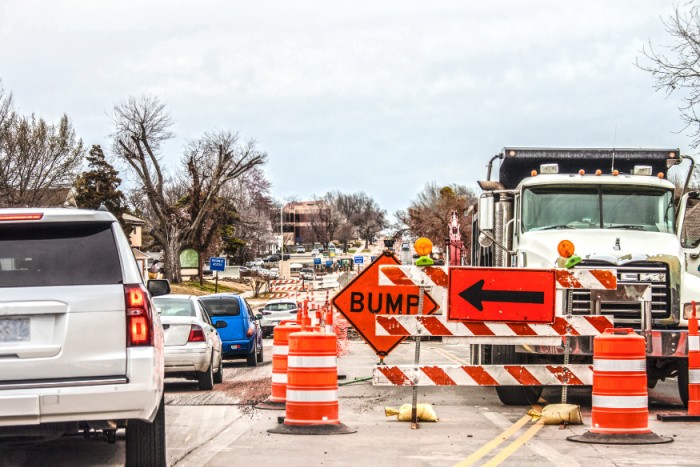


I am getting ready to plant my garden and these tips are super helpful.
Hi Jessica, thank you for your kind words! Happy gardening! Linda
I took 4 pallets and made a box then stapled some leftover chicken wire and hardware cloth to the inside. The rabbit and chicken bedding goes into it as does any leftover food and eggshells, old potting soil, dead flowers, plants and leaf debris. Women decorate with straw bales in the fall and I gather them use it as bedding then it goes into the compost. Fireplace ashes as well.
I even toss varmints I kill into it and livestock that dies.
By the end of the year it’s usually full. I undo one side and shovel it all into a tarp in my truck and it goes to the garden or pasture where I’m planting grass for the cattle. It doesn’t matter if it’s fully broken down into black gold or not it gets tilled in and there is a stark difference in growth in the areas that get it and those that don’t. The family I farm with also does the same so we have 2 of those areas of compost each year.
We throw away better fertilizer than you can buy.
Hi Matt, wow, wow, wow! I love this! This is so awesome! It’s like having free fertilizer, because it is! I love this! Linda
Linda, you and I think alike when it comes to improving raised bed soil. I put in everything you’ve listed, plus composted chicken manure, powdered egg shells, a product called WormGold, and mycorrhizae. And I do plant tomatoes in huge terra cotta pots. Some varieties do well and others don’t because of the additional heat. I’ve found more frequent watering during summer months helps greatly. Today I’m planting Bush Porto Rico slips in a 4’x4′ raised bed. I’ve also found that well composted steer manure seems to work better than my chicken manure when I plant sweet potatoes or corn (possibly because it’s less nitrogen rich). After 14 years here in the desert what started out as caliche and dust with virtually no organic matter is now a rich, black loam. All it took was experimentation and a lot of shovel work.
Unlike Matt, I don’t compost any meat products because I doubt my compost piles would heat up enough (from microbial digestion) to kill the pathogens. Instead, I throw any packrats I’ve trapped out into an open area where the Ravens and Vultures can clean them up.
Hi Ray, I had a neighbor use turkey manure down south, and nothing else. They had the best garden ever. You are lucky you can recycle your chicken manure, love it! It does take a lot of work to get that caliche soil to amount to real loamy soil. But it’s so worth it, look at all you produce, what a blessing! Linda